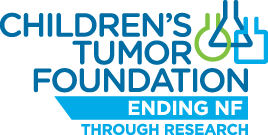On March 15, 2012, Stanford Hospital announced the launch of a new program, led by Dr. Steven Chang, to treat rare tumor-multiplying diseases.
Stanford’s program includes a team of 12 specialists in several fields: neurosurgery, epilepsy, neuro-ophthalmology, neuro-oncology, neuro-otology, neuro-interventional radiology, urology, and general surgery.
“The goal,” Chang said, “is to give cutting-edge care for conditions like Knodel’s, neurofibromatosis 2 (NF2) and others including another form of neurofibromatosis, schwannomatosis tuberous sclerosis, von Hippel-Lindau disease, Sturge Weber syndrome and hemorrhagic telangiectasia.”
Please click here to read more

